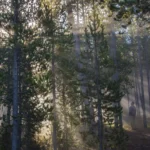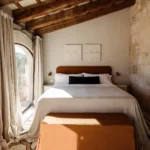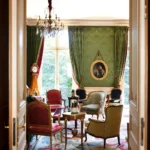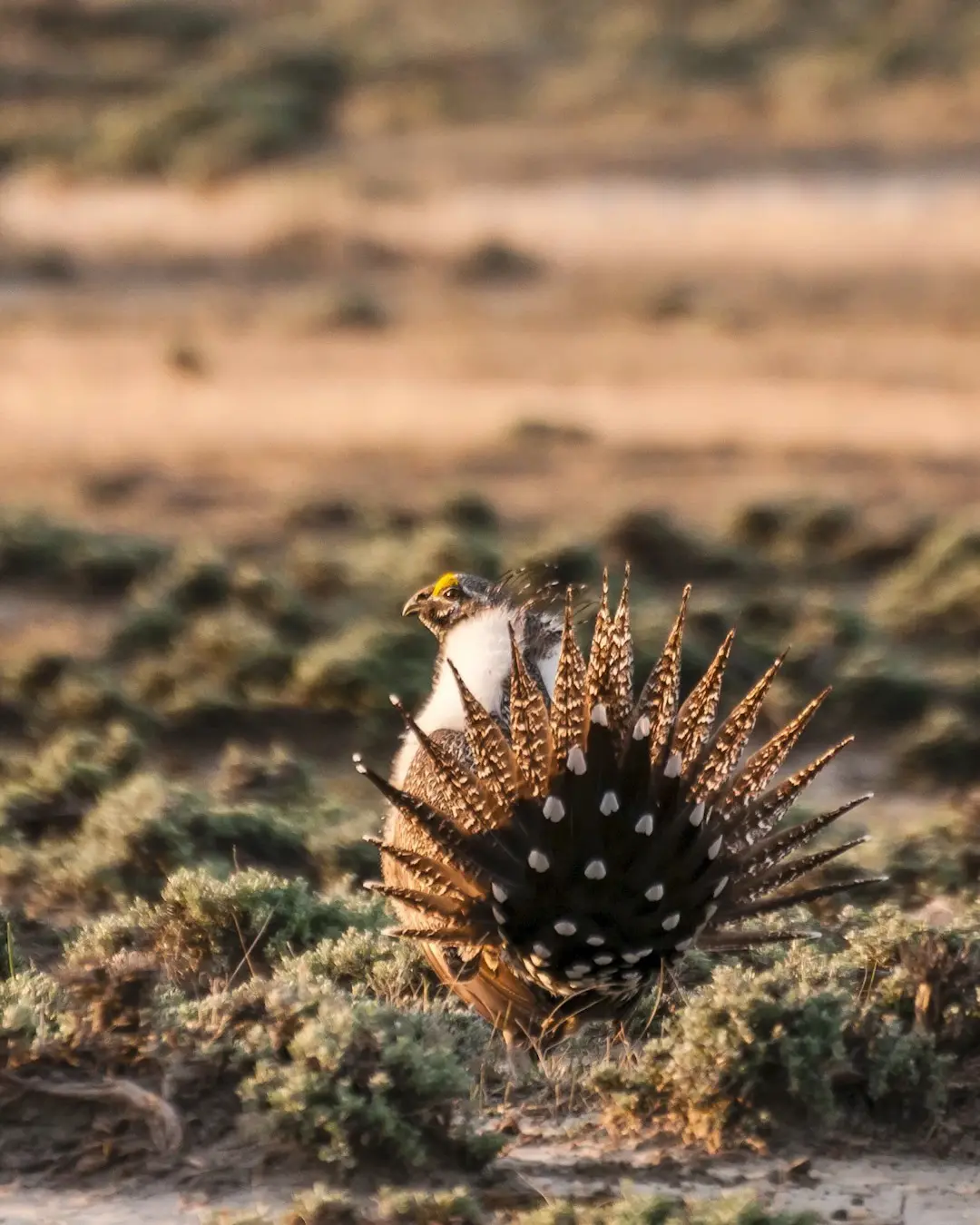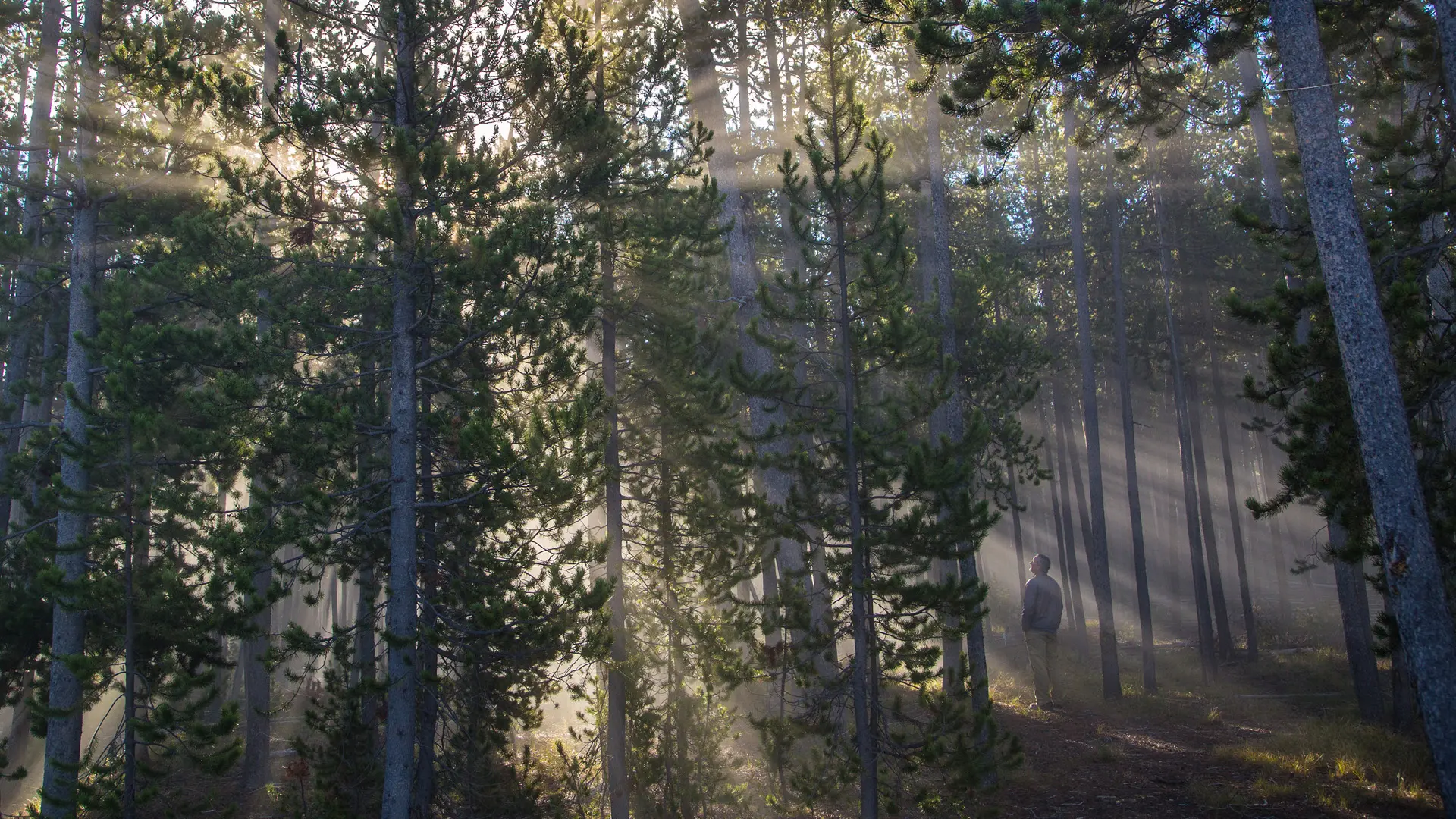British photographer Max Miechowski captures a day in the life of the Barbican Conservatory gardeners, shining a new light on the celebrated oasis, where brutalism and tropical plants meet
A web of monsteras, weeping figs, ferns and shrubs climb tiers of raw concrete. One monstera, thought to be the largest in the UK, ascends from the ground floor right up to the glass ceiling, its aerial roots cascading past the encircling balconies.
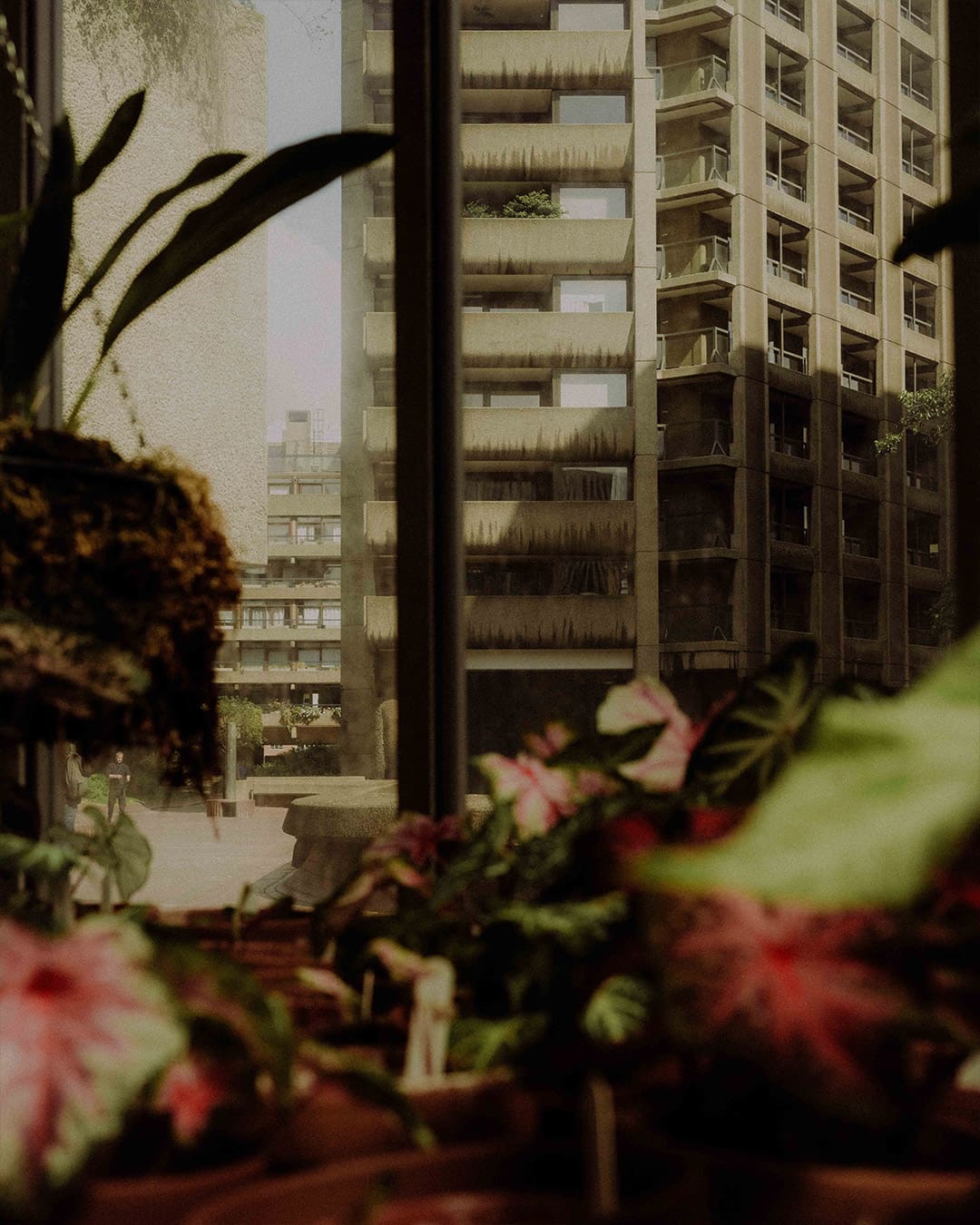
THE BARBICAN ESTATE. PHOTOGRAPHY BY MAX MIECHOWSKI
The Barbican Conservatory was designed by the estate’s architects Chamberlin, Powell and Bon, conceived as a way to hide the theatre’s fly tower (the space where the staging is lifted into). What would otherwise have been an impeding concrete pillar has become a platform for thriving tropical plant life – the second largest botanical conservatory in London.
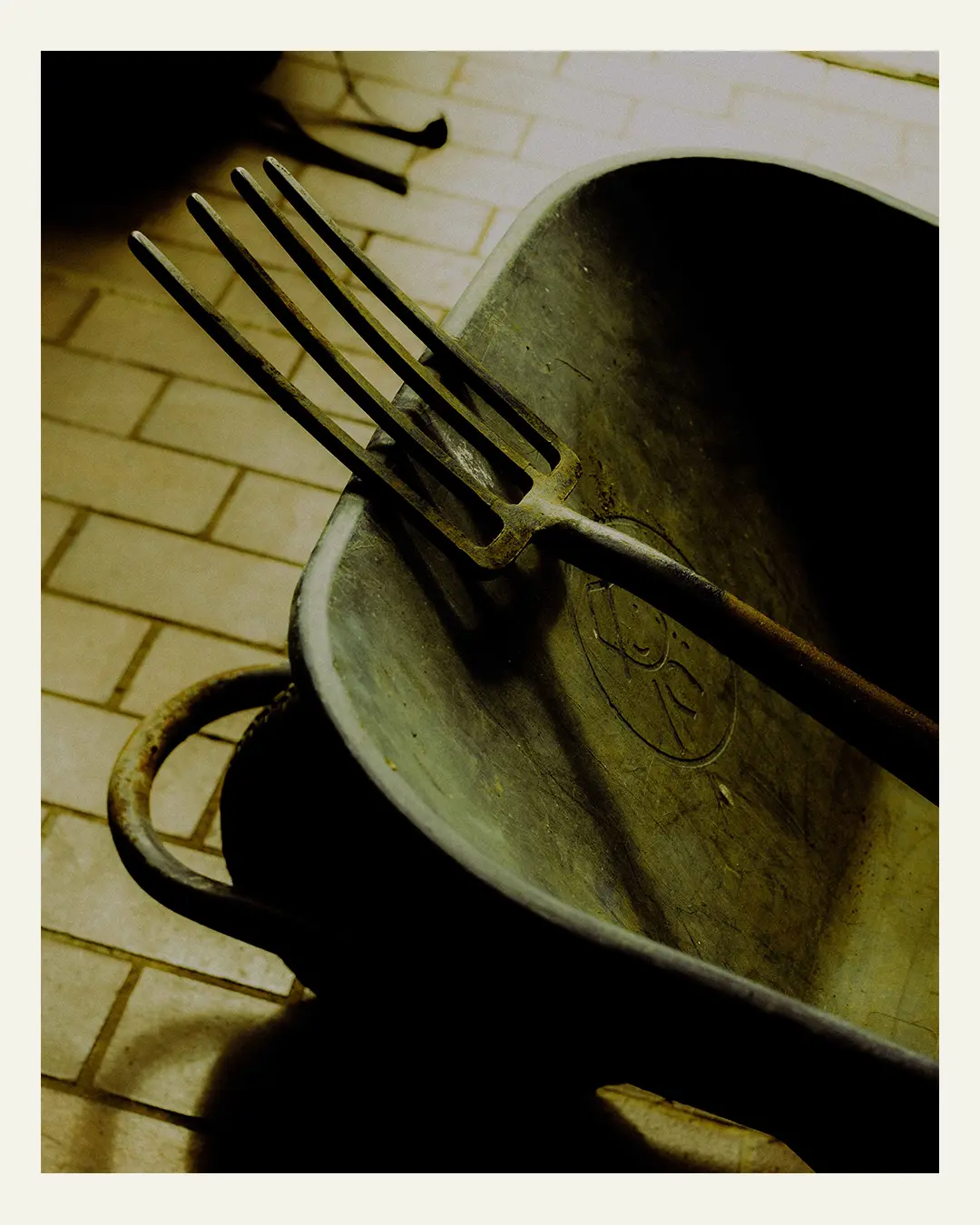

TOOLS OF THE TRADE. PHOTOGRAPHY BY MAX MIECHOWSKI
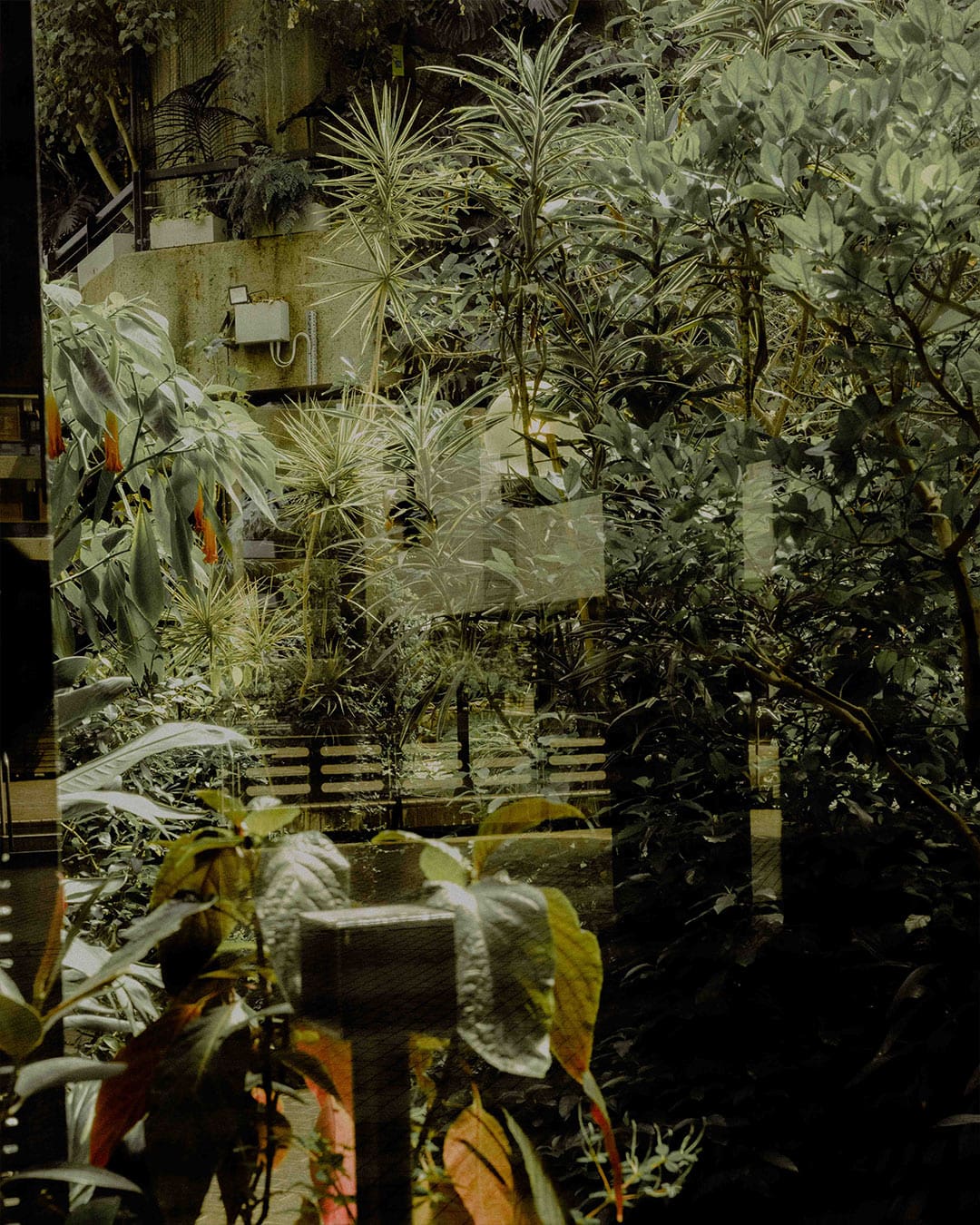
BARBICAN CONSERVATORY PLANTING REFLECTED IN ITS GLASS WINDOWS. PHOTOGRAPHY BY MAX MIECHOWSKI
The conservatory was first planted between 1980 and 1981 (some of the largest monsteras and weeping figs date from that period) and is home to more than 1,500 species. Ponds filled with koi carp, terrapins and aquatic plants dot the multiple floors and terraces, and bougainvillaea, orchids and palms jostle for space. In one walkway, a yucca’s enormous trunk has grown so thick it envelopes the paving stones around it. An arid room at the top corner of the conservatory shelters innumerable cactus and succulent species, with one specimen growing so high it cracks against the glass roof. Through the windows, an outdoor terrace that’s closed to the public can be seen, where further beds, fruit trees and the Barbican’s beehives reside.

